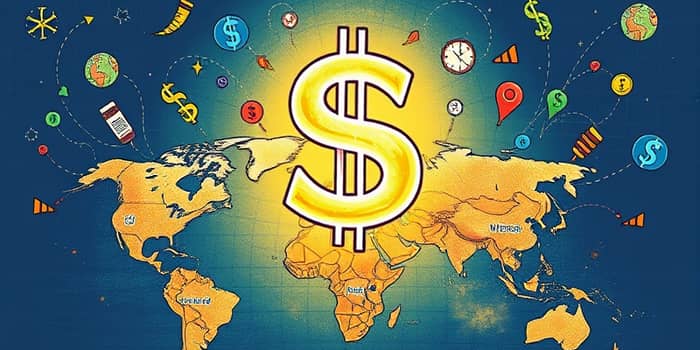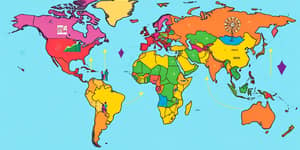
In an increasingly interconnected world, the U.S. dollar’s ebb and flow resonates far beyond American borders. Investors, corporations, and governments alike feel every shift, making it crucial to understand the mechanisms behind the dollar’s movements and how they affect your international holdings.
The dollar’s ascendancy as the global reserve currency status means its strength or weakness shapes trade balances, commodity prices, and cross-border investment decisions. From Tokyo to São Paulo, market participants watch the dollar’s chart with bated breath, reacting to each Federal Reserve announcement or geopolitical twist.
Whether you’re a seasoned fund manager or a retail investor with overseas assets, recognizing the dollar’s role in the financial ecosystem is the first step toward crafting a resilient portfolio.
Emerging economies often rely on dollar-denominated debt to finance infrastructure and development projects. A rising dollar can severely strain their balance sheets.
As the local currency weakens against the greenback, debt servicing costs balloon, elevating default risk. This dynamic can precipitate a vicious cycle of capital outflows, currency depreciation, and financial stress.
Conversely, a softening dollar can ease repayment burdens and attract fresh investment capital. Policymakers in these markets must therefore balance domestic stimulus with currency stabilization measures.
For importers, a stronger dollar lowers the cost of foreign goods, potentially boosting profit margins but also creating stiff competition for domestic producers. Consumers may benefit from cheaper electronics, vehicles, and raw materials, though domestic industries could feel squeezed.
Exporters, on the other hand, face the opposite effect. A high dollar makes U.S. goods less price-competitive abroad, risking market share in key regions. However, when the dollar weakens, American exporters enjoy a boost in global demand—provided they can manage higher input costs for imported components.
As of early 2025, the dollar has moderated from its multi-year peaks. A combination of domestic growth slowing and renewed geopolitical tensions has supported this retracement.
According to the IMF, the U.S. economy is forecast to grow at 2.7% this year, while global expansion is pegged at 3.3%. Yet first-quarter data showed surprising contraction in U.S. industrial output, adding complexity to monetary policy outlooks.
Analysts project the dollar may trade within a narrow band for much of 2025, influenced by relative monetary policies and external shocks.
History teaches that the dollar’s cycles often align with shifting global power dynamics. From the post-Bretton Woods era to the rise of digital currencies, evolving monetary regimes influence dollar dominance.
Geopolitical flashpoints—trade wars, regional conflicts, and policy shifts—remain wild cards. Investors should monitor developments in key regions like Asia and Europe, where strategic alliances and economic blocs can reshape currency hierarchies.
By combining comprehensive risk management strategies with an informed view of global trends, you can position your portfolio to weather volatility and seize opportunities that arise from the dollar’s ever-changing reign.
References













